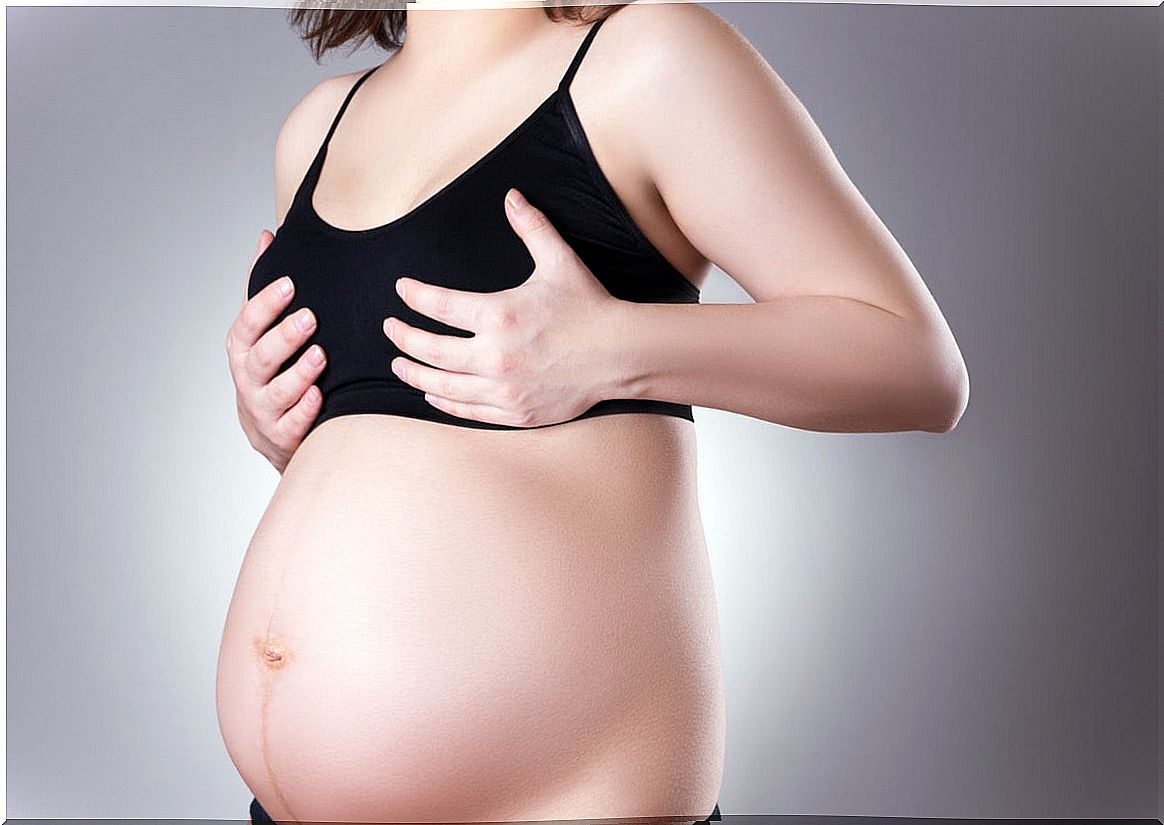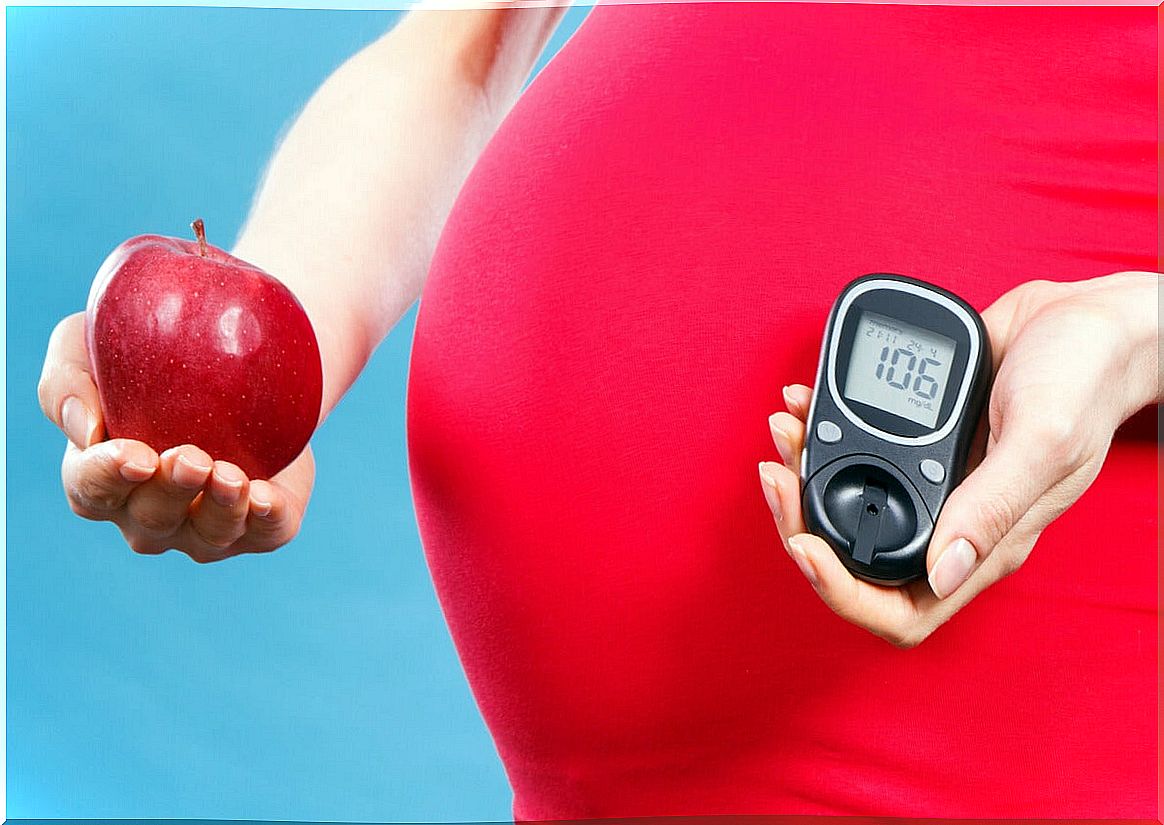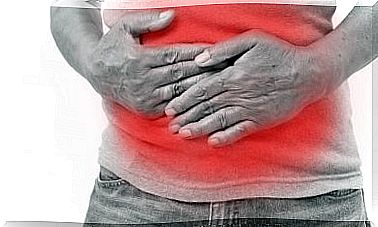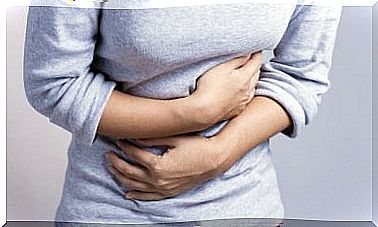Nipple Stimulation To Induce Labor: Indications And Precautions
Nipple stimulation to induce labor is one of the most widely used techniques in the world. Do you want to know how to do it and what are its precautions? Keep reading!

Many women may have problems during the labor of delivery, so it may be necessary to apply various measures to facilitate the process. In this sense, nipple stimulation is one of the most effective techniques to induce labor.
It is based on the secretion of a hormone called oxytocin , which will be responsible for producing the reactions that will accelerate the birth process. This hormone is synthesized in a part of the brain called the hypothalamus and is released into the bloodstream from the pituitary.
This technique is also applied by those women who want to have a natural birth. This is because nipple stimulation is a substitute for synthetic oxytocin. Studies have revealed that there is no relevant difference in the effects of both.
Why does oxytocin release occur?
To understand how nipple stimulation is able to induce labor, it is important to know more about oxytocin. This is a hormone that all people constantly secrete.
Among the functions that it exercises within the body, the ejection of breast milk and the contraction of the uterine smooth muscles stand out. It is important to remember that the uterus is made up of three distinct layers: the perimetrium, the myometrium, and the endometrium.
Oxytocin will act on the uterine muscle causing it to contract and speed up labor. Various stimuli are capable of causing the secretion of this hormone, among which are the stimulation of the nipple during lactation to facilitate the release of milk.
Manual stimulation simulates the physiological process explained above, which explains the extensive use of this technique before and during labor. In fact, studies have shown that salivary levels of the hormone increase shortly after the procedure.

Effectiveness of nipple stimulation in inducing labor
This technique has a broad scientific foundation. A study conducted in Turkey showed that nipple stimulation shortens the time of all phases of labor.
In this research it was shown that around 8% of the women in the control group required an emergency cesarean section. This situation was not observed in the women who performed the technique, those who had an uncomplicated delivery.
On the other hand, this method is also effective during delivery , that is, the delivery of the placenta. In this way, it has been shown to accelerate the exit of the remaining tissues and reduce the risk of postpartum hemorrhage.
Factors to consider
Nipple stimulation to induce labor is a safe technique in most cases. However, all studies have been done in women with low-risk pregnancies. In this sense, there is not enough evidence of its effect in women with high-risk pregnancies.
The contraction caused by oxytocin is usually mild, so that it induces the labor process without affecting the baby or the mother. In fact, experts show that performing this procedure at home, without medical supervision, is capable of speeding up labor for a few days safely.
It could have a counterproductive effect on women who have high-risk pregnancies. Uterine contractions may be more severe and constant than expected. Among the maternal conditions that should be taken into account are the following:
- Arterial hypertension.
- Gestational diabetes.
- Alterations in the amount of amniotic fluid.
- Abnormalities in the placenta.

How to perform nipple stimulation to induce labor?
It is important to consult your doctor before performing this technique at home to confirm that there is no risk. Once the specialist’s approval has been obtained, there are a number of ways it can be applied. Ideally, imitate the baby’s sucking as much as possible.
When babies are breastfeeding they touch the mother’s areola frequently, so it is best to focus on this part during the process. In this sense, it is possible to use multiple tools for stimulation, from the fingers and a breast pump to the mouth of your partner or an older baby.
Nipple stimulation to induce labor should be done on one breast at a time to avoid overstimulation. In addition, each breast must be stimulated for a maximum of 5 minutes.
Once the process has been carried out, a period of time between 15 minutes and 1 hour must be waited to reapply the technique. This stimulation must be carried out at least 3 times a day, although it is advisable to consult a specialist, since the necessary frequency may vary.
The method should be discontinued when uterine contractions are very frequent. In addition, if these contractions become very annoying and painful, the doctor should be consulted immediately.
A safe and effective mechanism
Nipple stimulation to induce labor is a very effective technique recommended by various specialists worldwide. It takes advantage of physiological conditions to achieve the desired effect and, in turn, carries few risks.
If you want to have a natural birth, this is one of the best techniques that can be applied to speed it up. The effects generated in the body will be the same as those produced by synthetic compounds and all phases of the labor of giving birth are facilitated.








